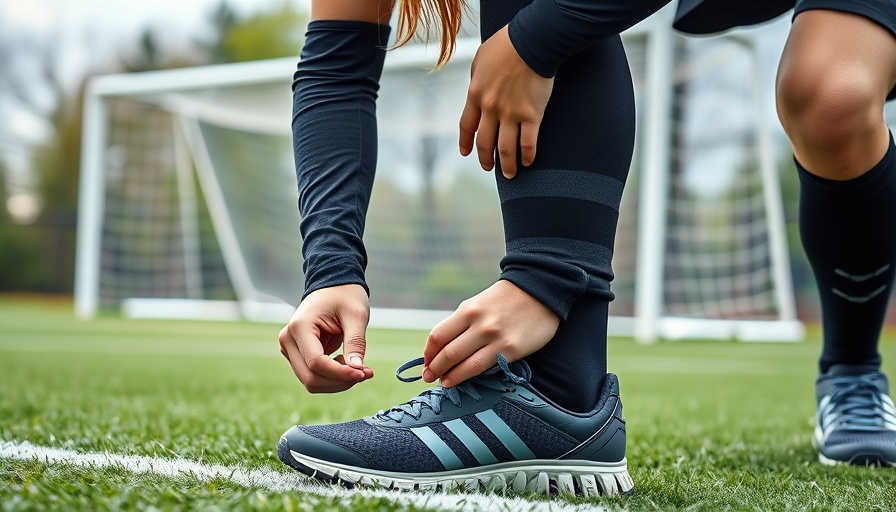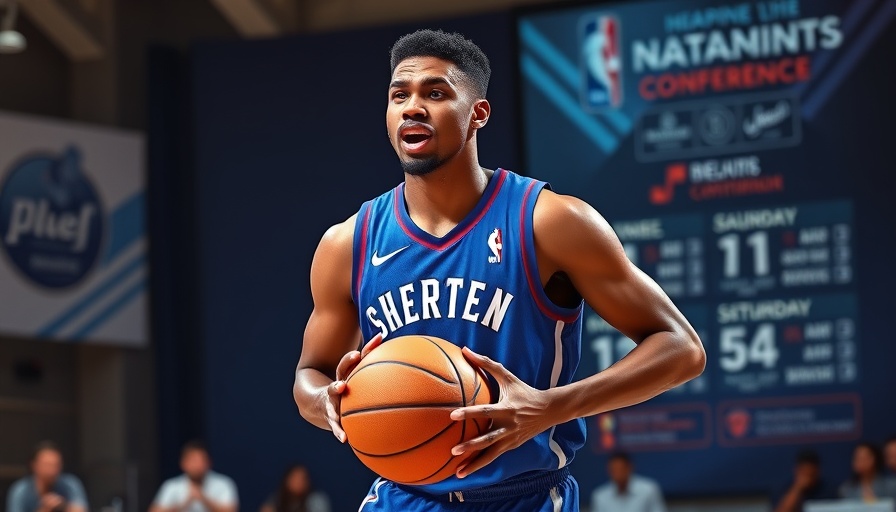
The Evolution of Ankle Support: Why It Matters
Ankle injuries are a significant concern for athletes across various sports, including martial arts, which often involve quick movements and unexpected shifts in weight. Despite billions of dollars being invested in sports medicine, ankle injuries remain prevalent, challenging the effectiveness of existing protective gear. This is where companies like Betterguards are stepping in, prioritizing athlete needs over traditional medical protocols. By directly addressing the athletes' requirements, they present solutions that are not only scientifically validated but also tailored to maximize performance while minimizing risk.
Understanding the Athlete's Perspective
Tony Verutti, the CEO of Betterguards, emphasizes that many existing ankle braces are designed around medical codes rather than the practical and dynamic needs of athletes. This presents a stark contrast to martial arts where performance and movement fluidity are essential. Just as martial artists rely on their flexibility and agility, athletes in all sports need protective gear that supports these attributes without hindering performance. Betterguards’ approach redefines injury prevention by placing the athlete's experience and requirements at the forefront.
Direct-to-Consumer Model: Bridging Gaps
Betterguards is not just innovating with their product; they are also disrupting the retail model traditionally used for athletic gear. By opting for a direct-to-consumer approach, they cut through the noise of healthcare intermediaries. This is particularly relevant for martial artists whose potential injury prevention options may come from prescription-only equipment. Notably, many new karate students and competitive fighters could greatly benefit from such customizable and accessible solutions, which cater to their specific conditions and training needs.
Performance Enhancement Through Injury Prevention
Implementing tools like the BetterGuard 2.0 in training routines can revolutionize the approach to combat sports safety protocols. Just as martial artists practice preventative drills to enhance flexibility and injury mitigation techniques, improved ankle support gear can help reduce the risk of common training injuries. Furthermore, using adaptable products can inspire confidence among young martial artists, encouraging them to focus on developing their skills without the fear of sustaining injuries.
Future Trends in Athletic Safety Gear
The need for innovative approaches to injury prevention is growing in every sport. As seen with Betterguards, where they began with a personal injury experience leading to a revolutionary product, it highlights the critical connection between innovation and real-life application. For future developments, integrating technology with design—such as enhancing the material's flexibility or creating custom-fit designs—will likely follow suit, promoting not only safety but also longevity in athletic performance.
Key Takeaways for Martial Artists
For those actively involved in martial arts or considering joining, understanding injury prevention is not just essential; it enhances overall performance. Training routines that integrate injury prevention techniques can significantly impact a martial artist’s development. The case of Betterguards serves as a prime example of how innovations can pave the way for safer practices in training environments.
Conclusion: Innovate Your Safety Practices Today
As martial arts enthusiasts, it’s essential to remain proactive about injury prevention by adopting innovative products that prioritize performance and safety. By learning how products like Betterguards can play a role in your training, you can minimize risks and elevate your skills. Embrace the shift in athletic safety and integrate these advanced protective measures into your practice for a more secure and effective martial arts journey.
 Add Row
Add Row  Add
Add 




Write A Comment